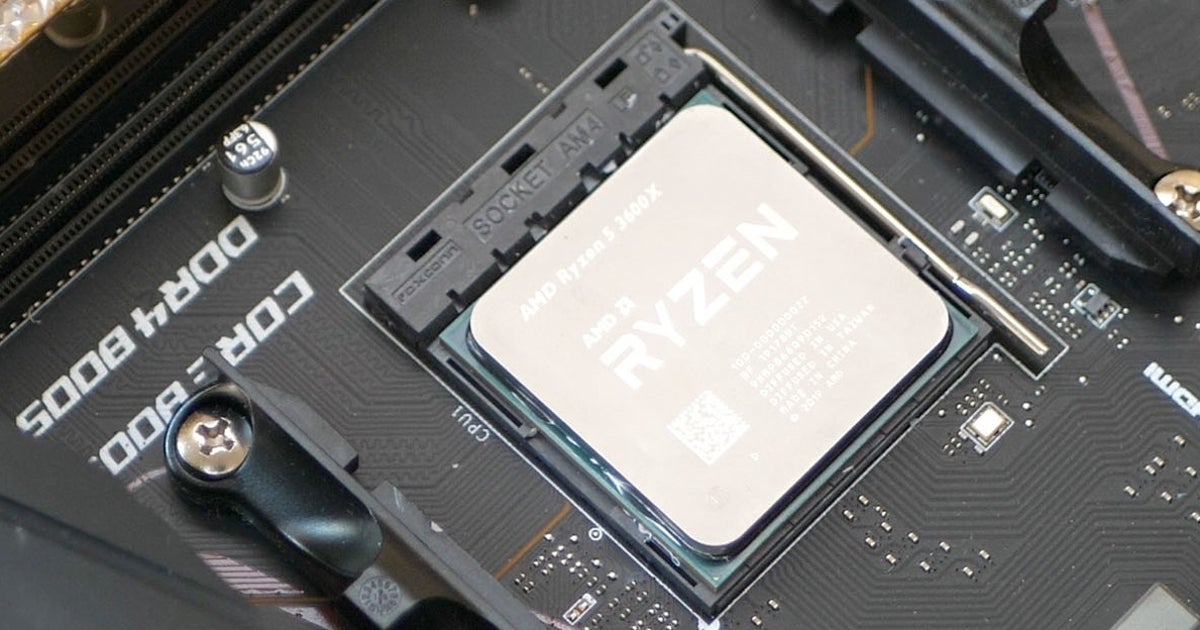There have been meaningful architectural upgrades in Intel CPUs. Haswell and Skylake are OKish updates. Since Skylake they have been stuck at 14nm which is their main problem. They seem to have architectures ready but 10nm was intended to be in full production in 2016. This did not happen and Intel has been limping along on Skylake and 14nm ever since.
Haswell and Skylake were major upgrades, but didn't focus much on IPC gains. They did spend a lot of their "transistor budget" on AVX2 and then dual AVX512 units, which have massive performance over Sandy Bridge in vector workloads. They also improved on multicore scaling. So these have been laying a lot of the ground work for future scaling, but did in my opinion not balance the priorities well enough, I would have preferred more a bit of "everything".
Honestly, it all makes sense. Intel can't move to 10 nm because the architecture...which dates back to Nehalem...isn't meant for it.
That's incorrect. The 10nm node is holding back the architecture, not the other way around.
And Nehalem and Sunny Cove are not the "same" architectures. Performance is not how you determine if two things are the "same" or not, it's the architectural design that matters.
Architecture and process manufacturing go hand in hand.…
Sandy Bridge and Haswell both spanned across two nodes.
Architectures are tuned to node(s), but nodes are not tuned to architectures.
AMD changed architectures from Bulldozer to Zen, and the result was something like a 50% IPC lift in a single jump.
It was a major jump mainly because AMD were making up for the mistakes they did with Bulldozer. Remember that Bulldozer were competing with Sandy Bridge back in the days, and Sandy Bridge -> Skylake is only ~15% IPC gains for comparison.
For gaming - especially those limited by single-core IPC, the only reason Intel gaming performance has improved since Sandy Bridge is higher clockspeeds and faster RAM.
No actually not.
Firstly, while IPC is very important for gaming, it's only important up to the point where the CPU is no longer the bottleneck for the GPU. For Skylake this starts to happen around ~4 GHz with current games, at ~4.5 GHz becomes flat, and beyond that you only really improve stutter a tiny bit.
RAM speed matters little to nothing for gaming. Gaming is not bottlenecked by memory bandwidth, and "faster" memory really only improve bandwidth, not latency.
While Skylake have improved clocks a lot over Sandy Bridge, especially with "aggressive" boosting, the CPU front-end improvements have also helped a lot. It's important to remember that IPC is a measure of "arbitrary" workloads, and many things affect IPC. One of the reasons why Intel still have an edge in gaming is a stronger front-end, while AMD have higher peak ALU/FPU throughput in some cases, both of which affect IPC, but only the first really affect gaming.












